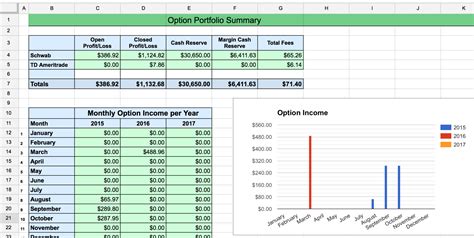how to use trade signals for trading success on the spot
In recent years, the world of cryptocurrency trading has become more and more popular, many new traders are entering the market every day. While some traders are able to achieve significant profits, others try to stay on the surface due to lack of knowledge and experience. The key domain in which traders can achieve the advantage is the use of commercial signals for ON -SITE trade success.
What are trade signals?
Trade signals refer to any type of indicator or signal that offers a market trend direction based on technical analysis of charts and models. These signals can be obtained from various sources, including indicators, such as environmental movement, relative resistance indicator (RSI), Bollinger bands and more advanced techniques, such as temporary indicators.
Why use trade signals?
Trade signals offer more benefits in relation to traditional methods:
* Reduced risk : By using trade signals, you can reduce the risk of losses due to incorrect transactions. When the signal indicates that a certain market trend is going to change the direction, it is easier to adapt the trade strategy and avoid taking too much risk.
* Increasing the potential of profit : Trade signals can also help in making more conscious decisions. According to a well -established signal, you will be able to identify potential purchase or sale possibilities with greater precision than otherwise.
* learned discipline : The use of trade signals requires discipline and a clear strategy. After following the signal, it is more likely that it respects your plan and avoid impulsive decisions.
how to use trade signals for trading success on the spot
Here are a few steps that you can use to use commercial signals for commercial success on -Site:
1. Select the appropriate signal
There are many different types of commercial signals, each with their own strengths and weaknesses. Some popular options include:
* Movement media : A simple traffic signal is a good starting point for beginners.
* RSI (relative resistance indicator) : This indicator measures how much the price came from the average value.
* Bollinger bands : These straps consist of two standard deviations above and below the central line.
2. Analyze -Va History of trade
Before you can effectively use trade signals, you need to analyze your trade history. Look for models, trends and cycles on the market that can be identified using historical data. This will help develop understanding of how markets work and what signals will most likely be effective.
####. Test your signals **
After selecting the signal, it's time to test your effectiveness. You can do it by:
* Reverse testing : Use historical data to determine your signal.
* Simulation : simulate various trade scenarios using a signal.
####. Monitor and customize
After testing the signal, monitor the performance in real time. If you notice that it does not generate accurate signals, adjust the strategy or add additional parameters to improve its accuracy.
5. Connect signals with other commercial tools
In addition to using trade signals, it may be useful to combine them with other commercial tools and techniques. For example:
* Technical analysis : Use technical indicators such as mobile media, RSI and Bollinger bands to analyze market models.
* Fundamental analysis : Use economic data and messages to identify potential purchase or sale options.
best trade practices -cieć
When you use commercial signals for the success of trading on site, remember about the following good practices:
* Use a combination of indicators

: Connect many types of signal to get a more complete picture of market conditions.
